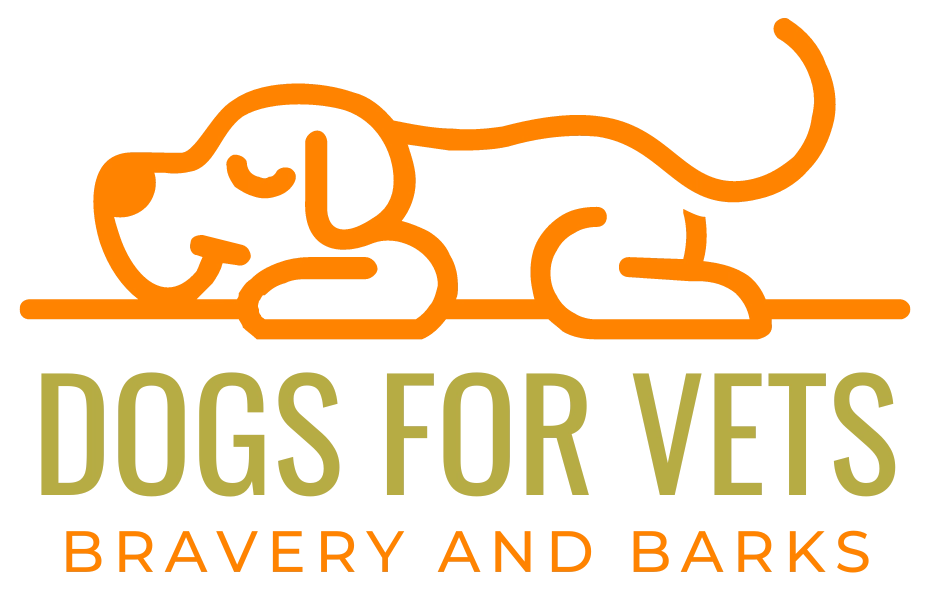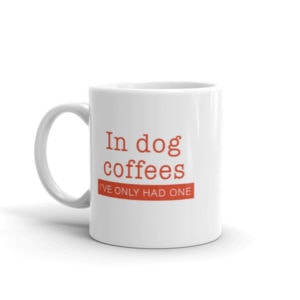This post may contain ads and affiliate links and we may earn a small commission when you click on the links at no additional cost to you. As an Amazon Affiliate, we earn from qualifying purchases. You can read our full disclaimer here.
Everything You Need to Know About Dew Claws on Golden Retrievers
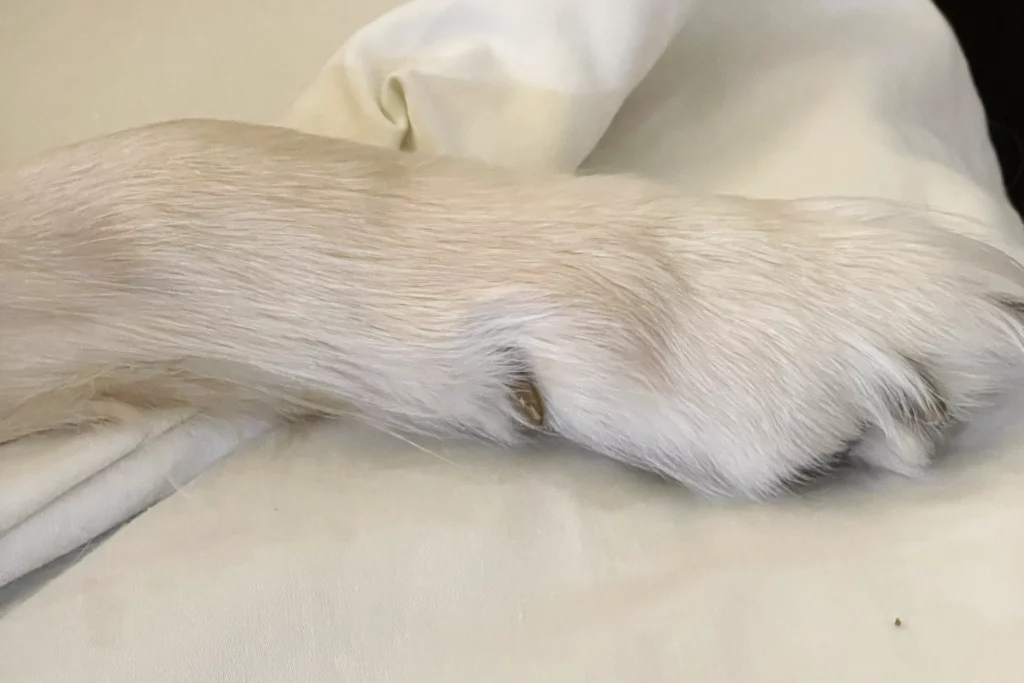
Curious about the small but fascinating features called dew claws on Golden Retrievers? In this article, we’ll delve into the world of these unique appendages, covering their definition, location, and why they deserve our attention.
What Are Dew Claws and Where Are They Located?
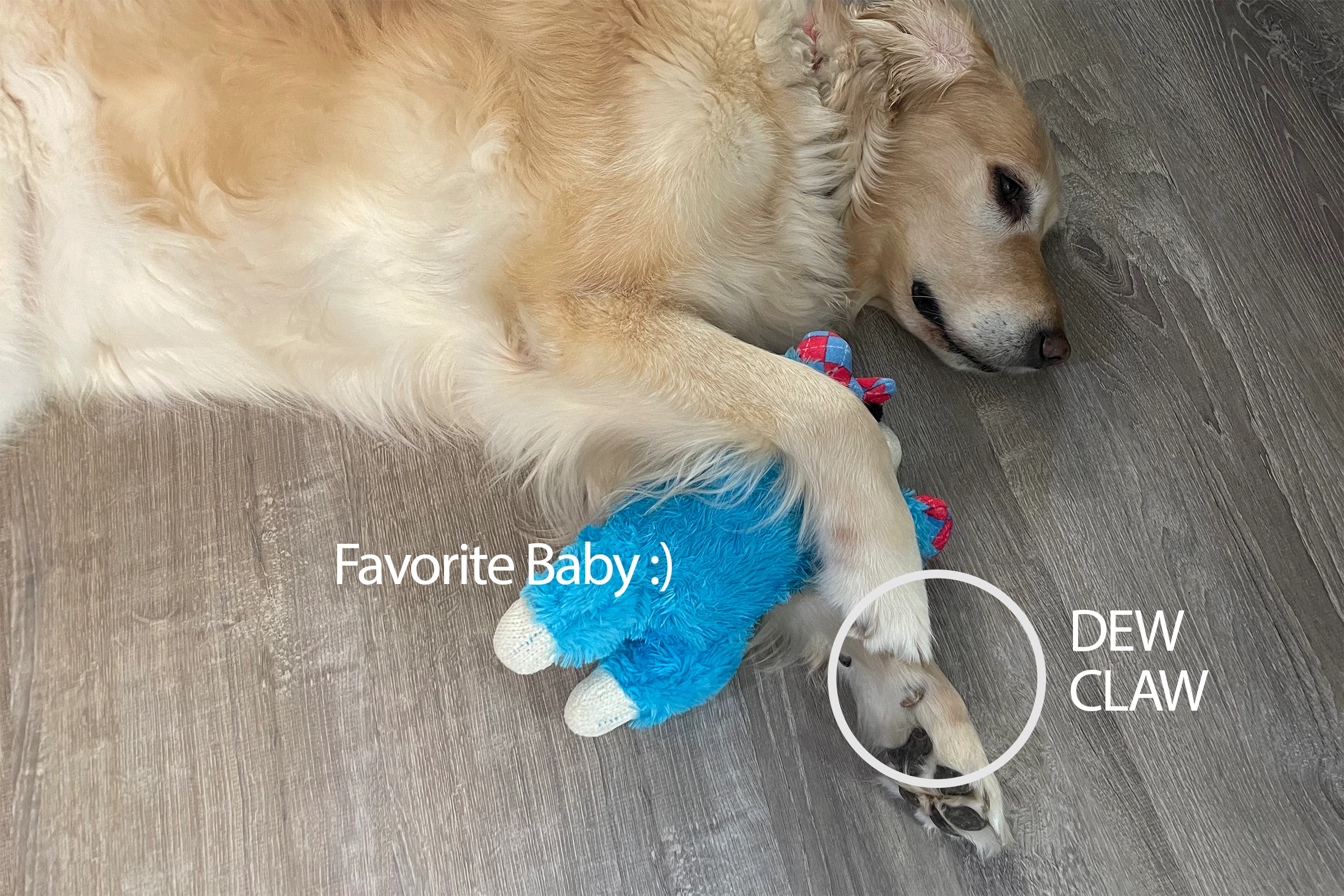
Dew claws, also known as vestigial toes, are tiny specialized claws found on the inner side of a dog’s leg. Unlike the primary set of claws that touch the ground, dew claws don’t make contact during normal movement.
The dew claws are often hidden behind the Golden Retriever’s feathers.
The Function of Dew Claws
Though dew claws may not serve the same purpose as the main set of claws, they do have some intriguing functions worth noting:
- Extra Grip: Dew claws can assist in gripping objects like bones or toys, providing an additional level of dexterity.
- Balance Aid: While not as crucial as the primary claws, dew claws can contribute to maintaining balance during certain movements, such as quick turns or navigating rough terrain.
- Protective Shield: Dew claws can help safeguard a dog’s legs from injury by acting as a protective shield, particularly when running through dense vegetation or engaging in physical activities.
Caring for Dew Claws on Golden Retrievers
Proper care of your Golden Retriever’s dew claws is important to ensure their well-being. Here are some tips to keep in mind:
- Regular Inspection: Take the time to inspect your dog’s dew claws regularly for signs of injury, infection, or excessive growth. Trim the nails as needed to prevent discomfort.
- Prevent Injury: During vigorous exercise or playtime, be mindful of your dog’s dew claws to minimize the risk of snagging or tearing. Consider using paw protectors or booties for added protection.
- Consult Your Veterinarian: If you have any concerns about your Golden Retriever’s dew claws, it’s always best to consult with your veterinarian. They can provide personalized advice tailored to your dog’s specific needs.
No products found.
Our Dew Claws on Golden Retrievers Mishap: Daisy’s Encounter with the Dishwasher Rack
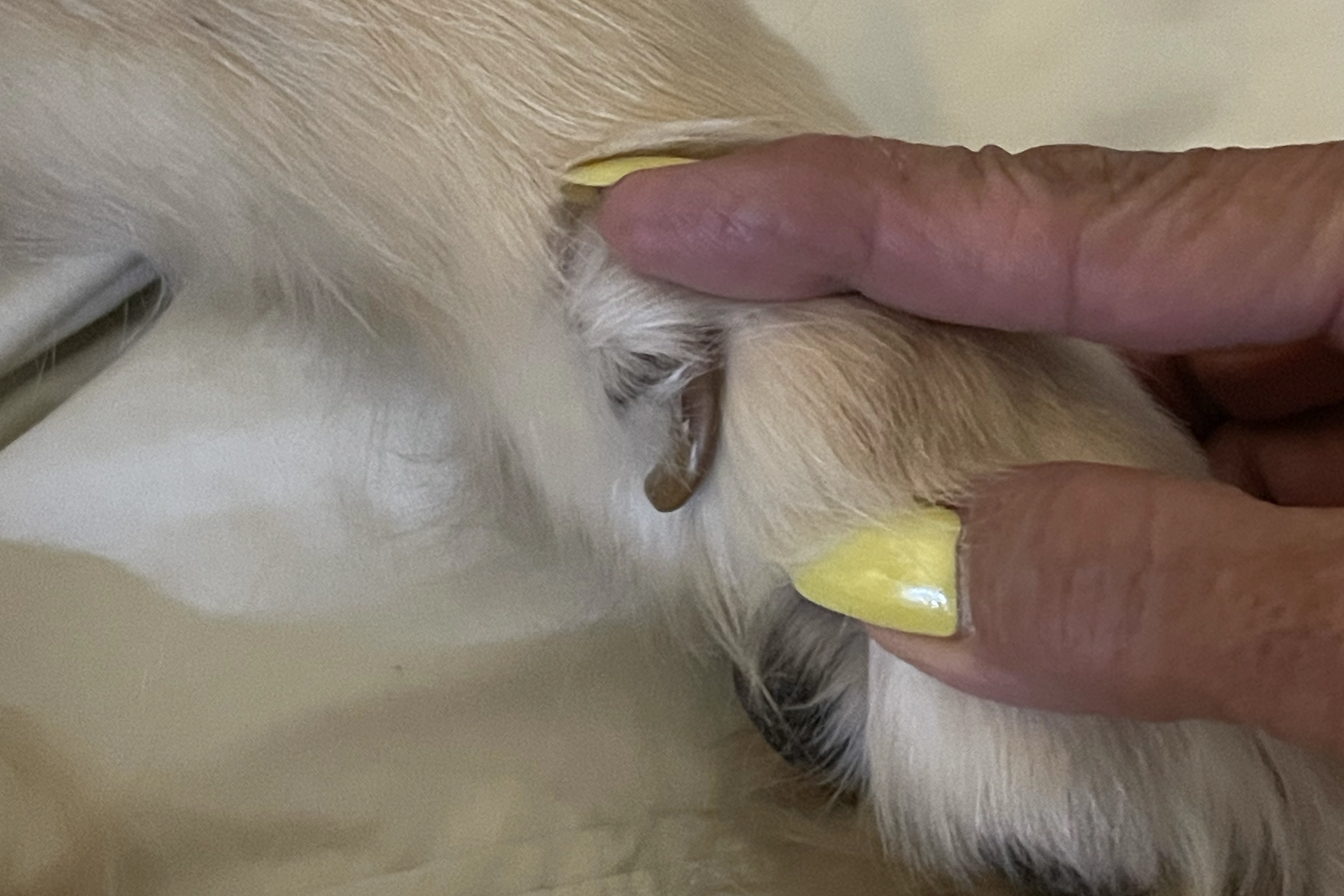
One fateful evening, as we were finishing up dinner and loading the dishwasher, our playful Golden Retriever, Daisy, wandered into the kitchen.
Unbeknownst to us, she had snuck in behind us, her tail wagging eagerly. As we pulled out the bottom rack of the dishwasher to load some dirty plates, disaster struck.
Caught in a Moment
In her over-enthusiasm, Daisy somehow managed to catch her dew claw on the edge of the bottom rack. We heard a yelp of surprise and turned around to find her paw stuck, her beautiful brown eyes pleading for help.
Panic rushed through us as we quickly realized the situation at hand.
Assessing the Damage
Carefully, we inspected Daisy’s paw and saw that her dew claw had torn slightly. Though it wasn’t a deep wound, it was clear that she was in discomfort.
We gently cleaned the area and applied a clean cloth to stop any bleeding. Daisy, ever the resilient pup, seemed to handle the pain with remarkable grace.
The Road to Recovery
Over the next few days, we kept a close eye on Daisy’s injured dew claw. We made sure to keep the area clean, applying a pet-safe antiseptic ointment recommended by our veterinarian.
We also ensured she had a comfortable resting spot and limited her physical activity to prevent further strain on her paw.
Dew Claws on Golden Retrievers: Healing and Resilience
Despite the initial concern, Daisy’s dew claw healed surprisingly well. With each passing day, she showed signs of improvement, gradually regaining her usual energy and enthusiasm.
It was a relief to see her back to her playful self, chasing her favorite toy and wagging her tail with joy.
Lessons Learned
This incident taught us the importance of being aware of our surroundings when our furry friends are around. We’ve since made it a habit to ensure Daisy is in a safe area whenever we’re handling potentially hazardous objects, such as the dishwasher rack.
While the encounter with the dishwasher rack may have been a little mishap, it served as a valuable reminder to prioritize the safety and well-being of our beloved Golden Retriever.
Daisy’s resilience and quick healing were a testament to her strong spirit, reminding us of the unwavering love and joy she brings to our lives.
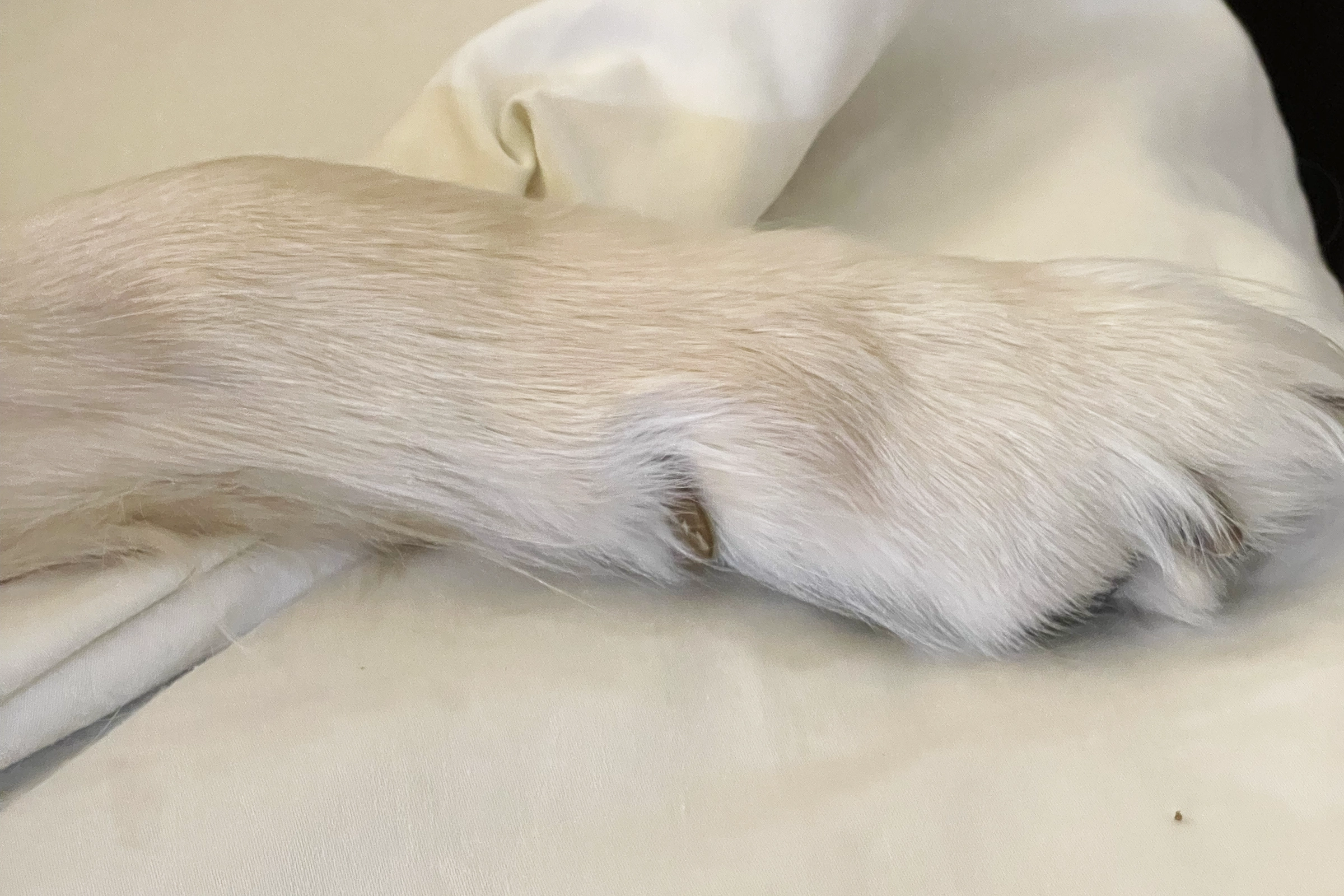
What to Do If a Golden Retriever’s Dew Claws Are Injured
Accidents can happen, and if your Golden Retriever’s dew claws get injured, it’s important to take prompt action to ensure their well-being.
Immediate Care for Injured Dew Claws
When you notice that your Golden Retriever’s dew claws are injured, it’s essential to address the situation promptly to minimize discomfort and potential complications. Here are some steps you can take for immediate care:
- Stay Calm: It’s natural to feel concerned or alarmed. But remaining calm will help you handle the situation effectively and keep your dog at ease.
- Examine the Injury: Gently inspect the injured dew claw to assess the extent of the damage. Look for signs of bleeding, swelling, fractures, or exposed tissue.
- Control Bleeding: If there is bleeding, apply pressure softly to the injured area. Use a clean cloth or sterile gauze pad. This will help stop or reduce the bleeding.
- Clean the Wound: If the injury appears dirty or contaminated, clean it with a mild antiseptic solution or warm saline water. Be gentle and avoid causing additional pain to your dog.
- Apply a Bandage: Once the wound is clean, you can apply a light bandage or wrap. This will protect the injured dew claw and prevent further damage. Make sure the bandage is not too tight, as it should allow for proper circulation.
Assessing the Severity of the Injury
After providing immediate care, it’s crucial to assess the severity of the dew claw injury. Some injuries may be minor and can be managed at home, while others may require professional veterinary attention.
Consider the following factors when evaluating the severity:
Bleeding: If the bleeding is profuse or does not stop after applying pressure for a few minutes, it may indicate a more severe injury that requires immediate veterinary assistance.
Fractures or Dislocation: Do you suspect a fracture or dislocation of the dew claw? It’s best to seek veterinary care as soon as possible. These injuries may require X-rays and proper medical treatment.
Infection Risk: Injuries that involve deep cuts or exposed tissue carry a higher risk of infection. If there are signs of infection such as redness, swelling, discharge, or a foul odor, it’s important to consult with a veterinarian.
Seeking Veterinary Assistance
While minor dew claw injuries can often be managed at home, it’s always advisable to contact your veterinarian for guidance. They can provide professional advice, evaluate the situation, and recommend the appropriate course of action.
Your veterinarian may suggest bringing your Golden Retriever in for an examination or providing instructions for further care at home.
Remember, every injury is unique, and professional veterinary guidance ensures the best possible outcome for your dog’s health and well-being.
Check out our post about how often Golden Retriever’s need to be groomed!
Dew Claw Removal
In some cases, dew claw removal may be recommended or necessary due to health concerns or potential risks. This procedure is typically performed when puppies are very young. It is generally done within a few days of birth, as their claws have not fully developed.
It’s important to note that dew claw removal is a personal decision and should be discussed with your veterinarian.
Some argue that removing the dew claws can prevent future issues. While others believe in leaving them intact as a more natural and respectful approach to a dog’s anatomy.
Pros of Keeping a Golden Retriever’s Dew Claws
- Natural Stability and Traction: Dew claws can provide extra stability and traction when a Golden Retriever is running or turning sharply.
- Grip on Objects: They can use their dew claws to hold onto things, such as bones or toys.
- Avoiding Surgery: Keeping the dew claws eliminates the need for surgical removal, which can pose risks of complications like infection or adverse reactions to anesthesia.
- Preserving Natural Function: Some believe that dew claws serve important functions, some of which we may not yet fully understand.
Cons of Keeping a Golden Retriever’s Dew Claws
- Risk of Injury: Dew claws can get snagged or torn, which can cause pain or injury to the dog.
- Additional Maintenance: Dew claws require regular trimming just like the other nails, as they do not wear down as much naturally.
- Possible Infections: If not maintained properly, dew claws can harbor bacteria and yeast, leading to infections.
- Limited Use: They don’t serve a significant function in day-to-day activities for most dogs, leading some to see them as more trouble than they’re worth.
Conclusion to Dew Claws on Golden Retrievers
Dew claws on Golden Retrievers may seem like small details, but they serve unique purposes and deserve our attention. By understanding their function and providing proper care, we can ensure our furry friends live happy and healthy lives with their adorable dew claws intact.
